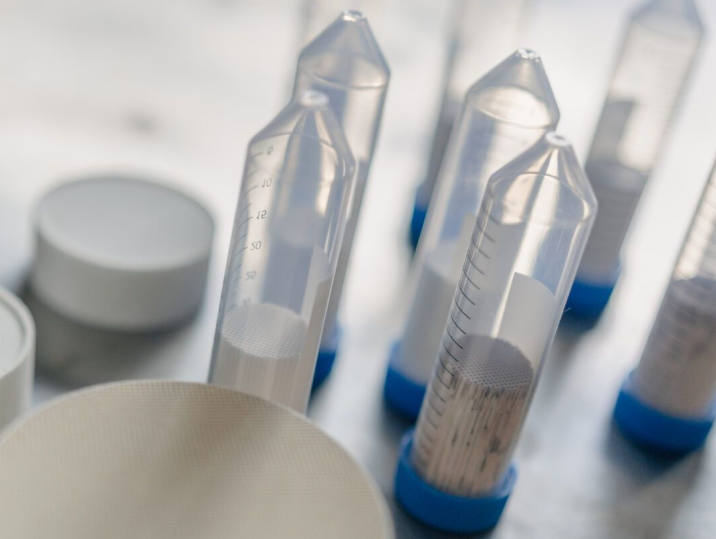Electrocatalysts
The New Frontier in Catalyst Production
With our comprehensive expertise on deep synthesis, material composition designs and characterizations, coating expertise, and scalable manufacturing capacity, we are well positioned to meet the needs of green hydrogen technology developers and producers.

The Future of Electrocatalysts
Electrocatalysts are essential for the development of a variety of emerging energy and chemical technologies, such as:
Fuel cells.
Electrocatalysts are essential for the development of efficient and affordable fuel cells that can be used to generate electricity from a variety of fuels.x
Water electrolyzers.
Electrocatalysts are used in water electrolyzers to split water into hydrogen and oxygen using electricity. Hydrogen is a clean and versatile fuel that can be used to generate electricity, power vehicles, and produce a variety of chemicals.
Metal-air batteries.
Metal-air batteries are a type of battery that uses a metal anode and an air cathode to generate electricity. Metal-air batteries have a high energy density and are very lightweight and inexpensive.
Organic electrosynthesis.
This has the potential to revolutionize the way that chemicals are produced. Organic electrosynthesis is a green and sustainable process that can reduce the use of hazardous solvents and reagents.
